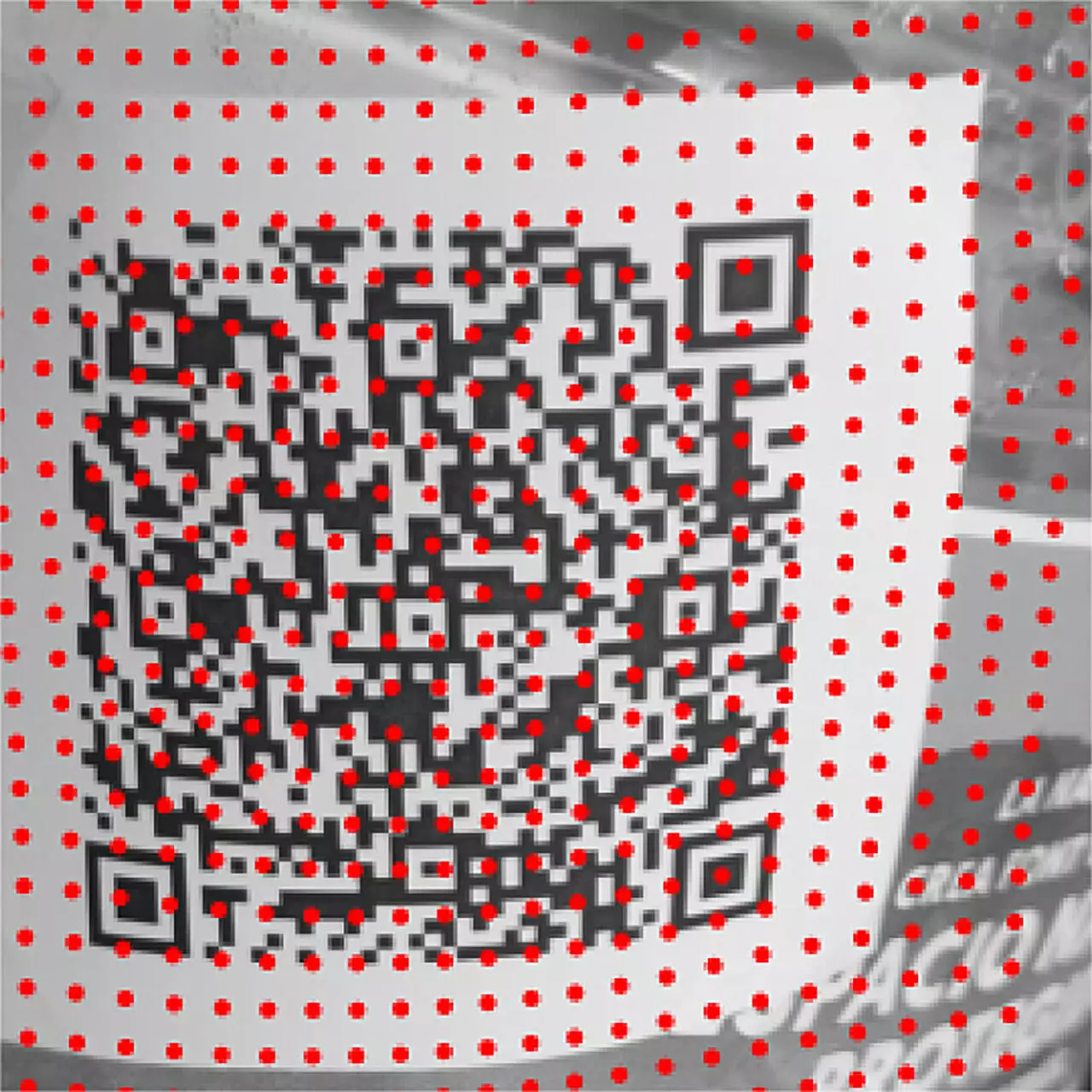QR codes have become ubiquitous in our digitally driven world, facilitating instant access to information through simple scans. However, the process of scanning isn’t always seamless. In practice, users often face numerous challenges when attempting to capture QR codes effectively, especially when poor image quality or irregular surfaces are involved. The nuances of capturing these codes can lead to frustration, particularly when the QR code is on non-flat or irregular surfaces, such as those seen on packaging or food trays. The need for a reliable scanning methodology that can accommodate these complexities has thus emerged as a pressing issue.
In response to these challenges, researchers from the University of Barcelona (UB) and the Universitat Oberta de Catalunya (UOC) have set out to devise an innovative solution. They have unveiled a unique methodology that improves the recognition of QR codes in less-than-ideal environments. Reported in the journal *Pattern Recognition Letters*, this system represents a significant advancement in digital scanning technology, showcasing its ability to operate effectively across various surfaces, including cylindrical objects like bottles and uneven food packaging.
The study, spearheaded by Professor Ismael Benito, illustrates a blend of academic prowess and practical application – an impressive feat given that these scholars are also the minds behind ColorSensing, SL, a venture focused on smart labeling technologies.
Understanding QR Codes and Their Limitations
QR codes function as advanced barcodes capable of storing information within a matrix of contrasting black and white pixels. They have transformed how users interact with information, allowing for quicker access and eliminating the need for paper resources. Yet, despite their capabilities, the practicalities of reading these codes can be hindered by several factors, according to Professor Benito.
Issues such as low-quality images, inadequate printing, poor color contrast, and non-linear surfaces complicate the scanning process. Such factors can create a frustrating experience for users trying to capture QR codes under real-world conditions. Professor Benito emphasizes that scanning from the wrong distance, particularly with cylindrical surfaces, complicates the ability to capture a clear image. The variance in distance impacts the perceived size and distortion of the QR code, making it crucial to find the optimal scanning range.
The crux of the researchers’ innovation lies in their novel algorithm, which effectively capitalizes on the intrinsic features of QR codes. By utilizing the patterns inherent in the QR code structure, the algorithm allows for a more precise understanding of the surface it is printed on. This involves reconstructing the textures of irregular surfaces using mathematical functions known as splines—software tools traditionally employed in disciplines like geology and photo editing.
Through the application of these techniques, the researchers are able to adjust the rudimentary form of the surface, ensuring that the QR code integrates well despite any topographical challenges. This method not only enhances recognition but fosters a smoother scanning experience under various printing conditions and surfaces.
While this breakthrough holds great promise, the researchers acknowledge that the journey isn’t over. Addressing technological shortcomings is essential to harnessing the full potential of QR code scanning. One of the primary goals is to enhance the reliability of scans, particularly in commercial applications where precision and security are paramount.
Concerns linger surrounding the potential for QR codes to be manipulated or compromised, leading to vulnerabilities such as fake URLs. Ensuring that codes remain impervious to such modifications will be vital as the technology continues to evolve and integrate into daily life.
Moreover, in industry settings where QR codes are scanned in controlled environments, it’s critical to refine the speed at which scans occur. Accelerating this process could lead to broader applications within automation and inventory management systems, streamlining operations across various sectors.
The innovative work conducted by the University of Barcelona and the Universitat Oberta de Catalunya marks a pivotal moment in the world of QR code technology. With their new methodology, the potential for improved recognition in complex settings could greatly enhance user experience and expand the utility of QR codes. As researchers continue to refine this technology, the implications for accessibility and security in the realm of digital information could be transformative, making QR codes a more reliable tool in our everyday interactions.


Leave a Reply